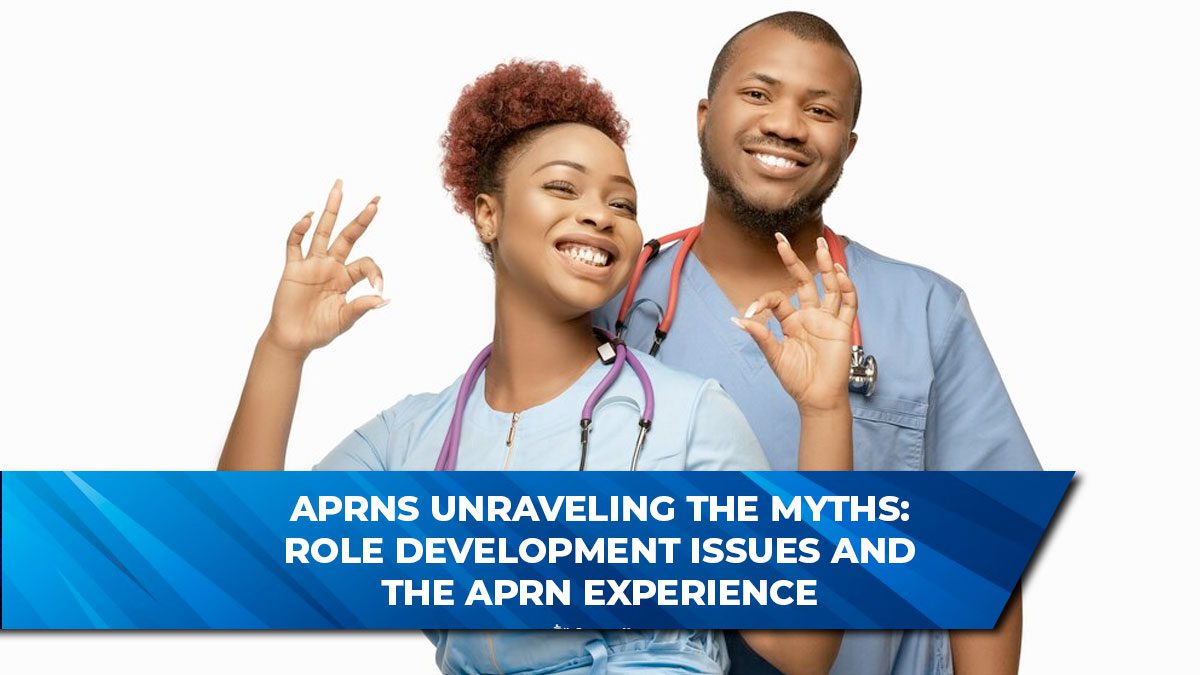How Advanced Practice Nursing is Going Global: The International Development Explained
The Global Expansion: Unveiling the International Development of Advanced Practice Nursing
In the midst of a global pandemic, the landmark year of 2020 as the International Year of the Nurse and the Midwife heightened understanding of the central role nurses play in improving global health and strengthened awareness of advanced practice nurses (APNs) as an integral component of the dynamic and contemporary nursing workforce that countries require to meet challenging population health and health service needs. Thus, the position to expand the international development of advanced practice nursing (APN) roles has never been stronger.
Defining Advanced Practice Nursing Roles Globally
Internationally, APN roles are on the threshold of new development and expansion. This includes the first-time introduction of these roles in some countries and improved health systems integration in countries where roles are already established. The global healthcare context is increasingly recognizing the significance of defining, deploying, and utilizing various APN roles.
APNs encompass several key roles, including nurse practitioners, clinical nurse specialists, nurse anesthetists, and nurse midwives. Each of these roles contributes uniquely to healthcare systems by providing advanced levels of care, improving patient outcomes, and addressing gaps in healthcare delivery. The definition of these roles varies across countries, reflecting the diverse healthcare needs and regulatory frameworks in different regions.
Emerging Frontiers: Introducing APN Roles Globally
Several countries are on the verge of introducing APN roles for the first time. This development is driven by the need to enhance healthcare delivery, particularly in underserved regions. The introduction of APN roles in these areas is expected to address critical shortages of healthcare providers, improve access to care, and elevate the quality of services available to patients.
For example, countries in Africa, Southeast Asia, and parts of South America are exploring the integration of APN roles into their healthcare systems. These regions face significant challenges, including limited access to healthcare, high disease burdens, and a shortage of qualified healthcare professionals. By introducing APN roles, these countries aim to strengthen their healthcare systems and improve health outcomes for their populations.
Established Roles: Enhancing Health Systems Integration
In countries where APN roles are already established, efforts are being made to improve health systems integration. This involves optimizing the utilization of APNs within healthcare teams, enhancing collaboration between APNs and other healthcare professionals, and ensuring that APNs can work to the full extent of their training and expertise.
The United States, Canada, the United Kingdom, and Australia are examples of countries with well-established APN roles. In these countries, APNs have been instrumental in providing high-quality care, particularly in primary care settings. Efforts to enhance health systems integration include expanding the scope of practice for APNs, promoting interprofessional collaboration, and addressing regulatory barriers that may limit the effectiveness of APNs.
New Frontiers: Expanding the Scope of APN Practice
As the international development of advanced practice nursing continues to evolve, new frontiers are emerging in the expansion of APN roles. These frontiers include areas such as telehealth, mental health, and chronic disease management. The expansion of APN practice in these areas is expected to play a crucial role in addressing the growing demand for healthcare services and improving patient outcomes.
Telehealth, for example, has gained significant traction in recent years, particularly during the COVID-19 pandemic. APNs are well-positioned to leverage telehealth technologies to provide care to patients in remote and underserved areas. By expanding the scope of APN practice to include telehealth, countries can improve access to care and reduce disparities in healthcare delivery.
Evidence-Informed Strategies for Introducing APN Roles
The introduction of APN roles in new countries and regions requires careful planning and evidence-informed strategies. These strategies should consider the unique healthcare needs of the population, the existing healthcare infrastructure, and the regulatory environment.
Key strategies for introducing APN roles include:
Stakeholder Engagement: Engaging key stakeholders, including government officials, healthcare providers, and professional organizations, is essential for gaining support and ensuring the successful introduction of APN roles.
Education and Training: Developing robust education and training programs for APNs is critical to ensure that they are equipped with the knowledge and skills needed to provide high-quality care.
Regulatory Frameworks: Establishing clear and supportive regulatory frameworks is necessary to define the scope of practice for APNs, ensure patient safety, and facilitate the integration of APNs into healthcare teams.
Public Awareness Campaigns: Raising public awareness about the role of APNs and the benefits they bring to healthcare systems can help build trust and acceptance among patients and communities.
Next Steps for Supporting Global APN Development
Supporting the global development of APN roles requires ongoing efforts to address barriers, promote best practices, and foster international collaboration. Key next steps include:
Research and Data Collection: Conducting research and collecting data on the impact of APN roles on healthcare outcomes is essential for demonstrating their value and informing future policy decisions.
International Collaboration: Fostering collaboration between countries and regions can help share best practices, provide technical assistance, and support the development of APN roles in new areas.
Policy Advocacy: Advocating for policies that support the development and expansion of APN roles is crucial for ensuring that APNs can contribute fully to healthcare systems.
Continued Professional Development: Providing opportunities for continued professional development for APNs is important for maintaining high standards of care and ensuring that APNs can adapt to evolving healthcare needs.
Frequently Asked Questions (FAQs)
Q: What is advanced practice nursing? A: Advanced practice nursing refers to a level of nursing practice that utilizes extended and advanced skills, knowledge, and experience. APNs include nurse practitioners, clinical nurse specialists, nurse anesthetists, and nurse midwives.
Q: Why is the international development of APN roles important? A: The international development of APN roles is important because it helps address global healthcare challenges, including shortages of healthcare providers, disparities in access to care, and the need for improved healthcare outcomes.
Q: How are APN roles being introduced in new countries? A: APN roles are being introduced in new countries through a combination of stakeholder engagement, education and training programs, regulatory frameworks, and public awareness campaigns.
Q: What are some challenges to the international development of APN roles? A: Challenges include regulatory barriers, limited resources for education and training, lack of public awareness, and resistance from other healthcare professionals.
Q: How can countries improve the integration of APN roles into their healthcare systems? A: Countries can improve integration by expanding the scope of practice for APNs, promoting interprofessional collaboration, and addressing regulatory barriers that limit the effectiveness of APNs.
Q: What role do APNs play in telehealth? A: APNs play a crucial role in telehealth by providing care to patients in remote and underserved areas, improving access to care, and reducing disparities in healthcare delivery.
Q: What are the benefits of introducing APN roles in underserved regions? A: Introducing APN roles in underserved regions can help address healthcare provider shortages, improve access to care, enhance the quality of services, and improve health outcomes for the population.
Q: How can international collaboration support the development of APN roles? A: International collaboration can support the development of APN roles by sharing best practices, providing technical assistance, and fostering global partnerships.
Q: What is the future of advanced practice nursing on a global scale? A: The future of advanced practice nursing on a global scale includes continued expansion of APN roles, integration into healthcare systems, and the exploration of new frontiers in areas such as telehealth, mental health, and chronic disease management.
Q: How can the public be made aware of the role of APNs? A: Public awareness can be raised through campaigns that highlight the role of APNs, their contributions to healthcare, and the benefits they bring to patients and communities.
By expanding the international development of advanced practice nursing, the global healthcare community is taking significant steps toward addressing critical challenges and improving health outcomes worldwide. The journey toward this goal is ongoing, but the progress made so far offers a promising outlook for the future of global health.










